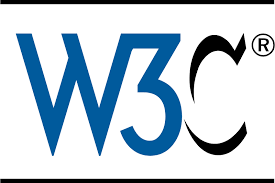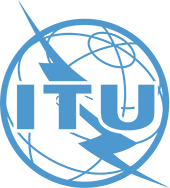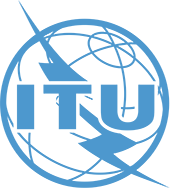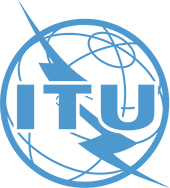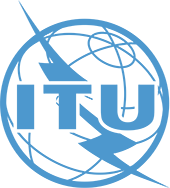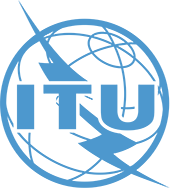Media Working Group
The mission of the Media Working Group is to develop and improve client-side media processing and playback features on the Web.
Standardization efforts to develop media foundations for the Web, such as the HTMLMediaElement interface and Media Source Extensions, have helped turn the Web into a major platform for media streaming and media consumption. Building on the experience gained through implementation, deployment and usage of these technologies, and on incubation discussions within the Web Platform Incubator Community Group, the Media Working Group will extend media foundations with new standardized technologies to improve the overall media playback experience on the Web.
The scope of the Media Working Group is:
- Detection of media capabilities
- Detection of the autoplay policy
- Statistics on perceived playback quality
- Generation of media streams for playback
- Playback of encrypted content
- Exposure of media features at the system level to Web applications (e.g. access to platform media keys, display of media metadata at the system level, creation of an always-on-top video window) to Web applications
- Exposure of metadata event tracks synchronized to audio or video media
